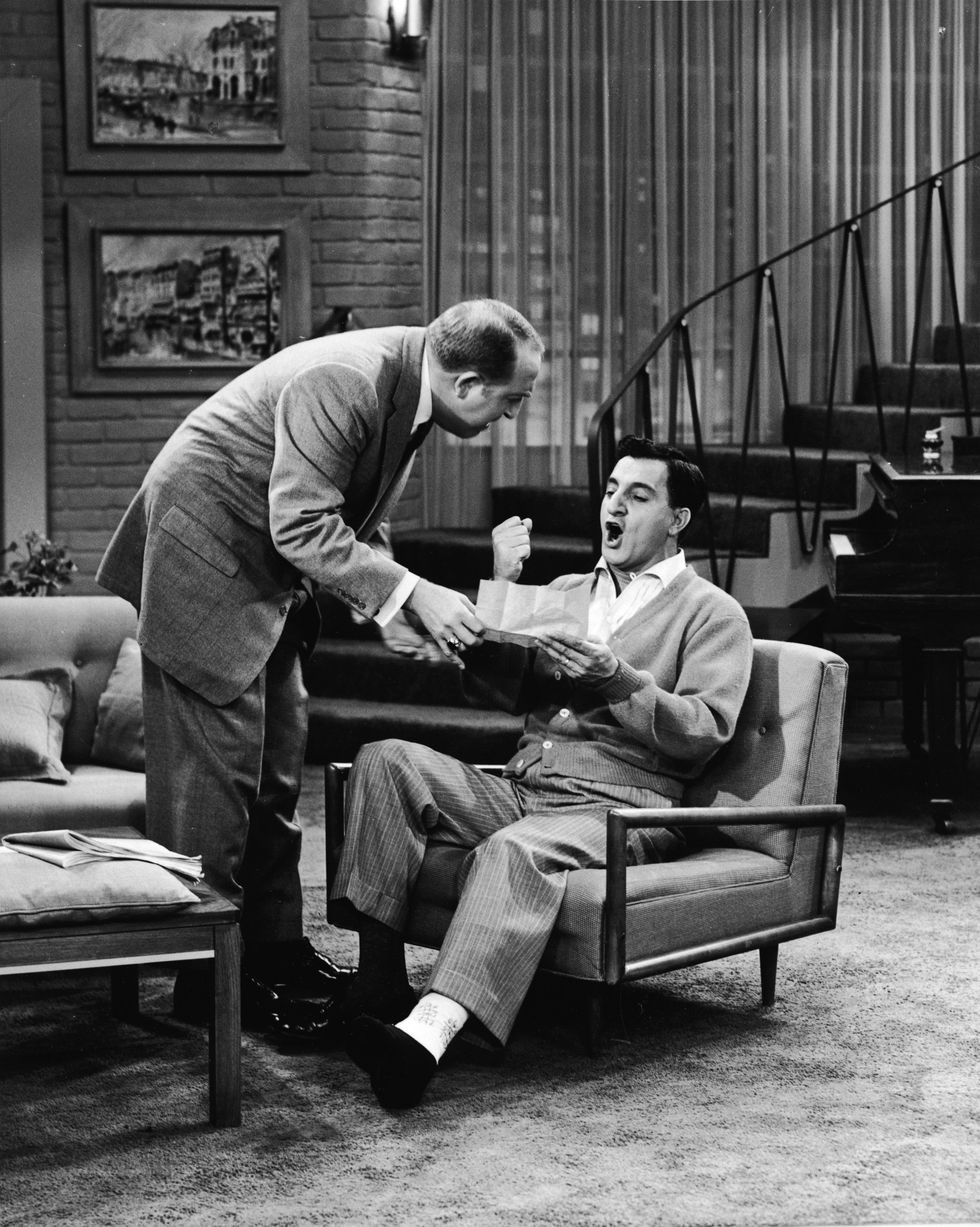Nostalgic America
10 Classic TV Spin-Offs That Became Bigger Than Their Original Shows
By Bruce Berns · October 30, 2024

Spin-offs often explore popular side characters, giving them fresh storylines or shifting genres to reach new audiences. Examples include Frasier from Cheers, which moved a bar regular into a new city and career, and The Jeffersons, which continued the story of neighbors from All in the Family. Some spin-offs shift focus significantly, like Lou Grant, a drama from the sitcom The Mary Tyler Moore Show.
Successful spin-offs often balance familiarity with new perspectives, keeping loyal fans while attracting a broader viewership, contributing to their longevity. Getty Images / Nostalgic America, Inc.
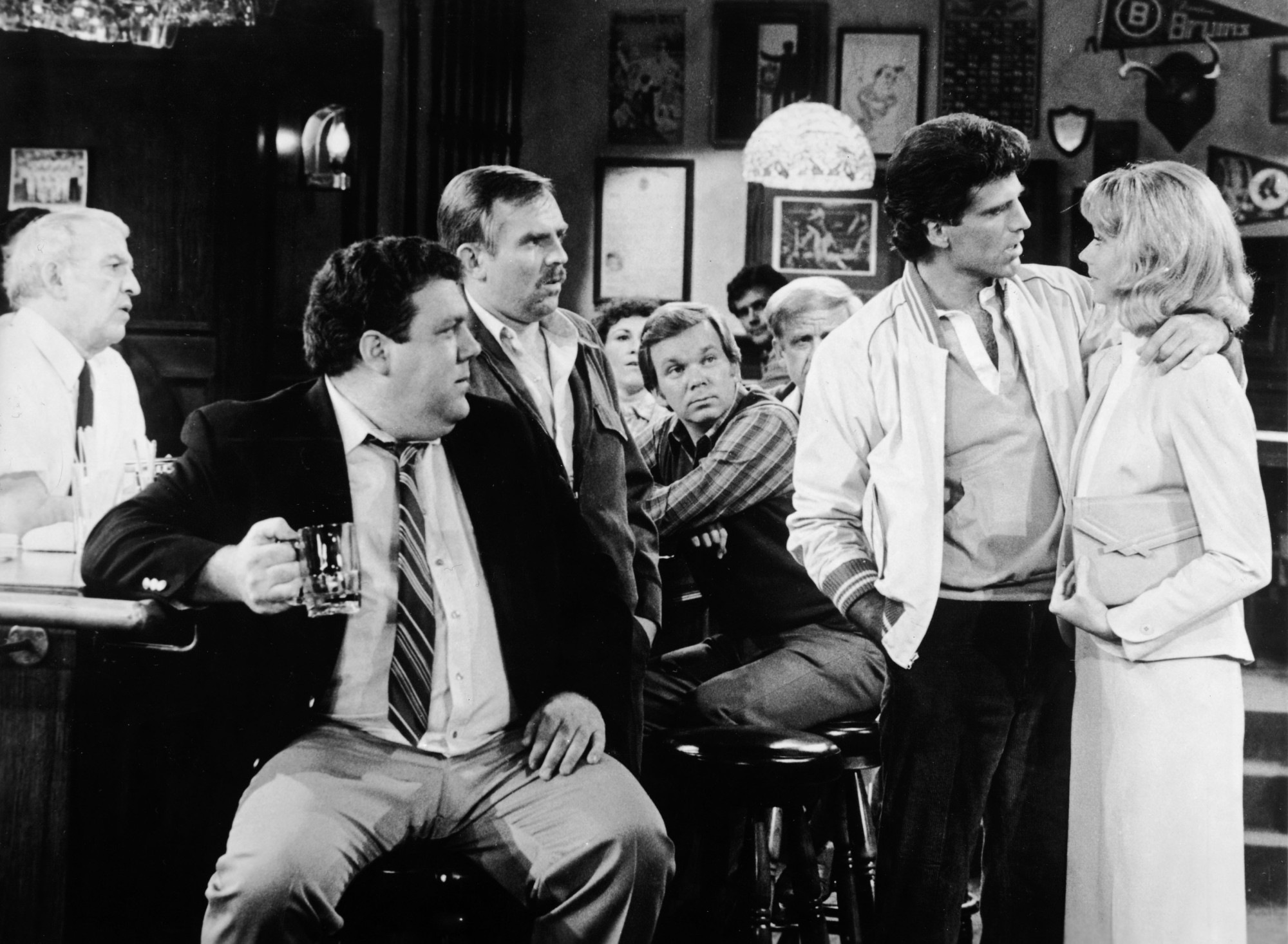
Cheers to Frasier:
Frasier is a successful spin-off from Cheers, premiering in 1993 and running for 11 seasons. It follows Frasier Crane (Kelsey Grammer), who moves from Boston back to his hometown of Seattle, starting a new life as a radio psychiatrist. Getty Images / Nostalgic America, Inc.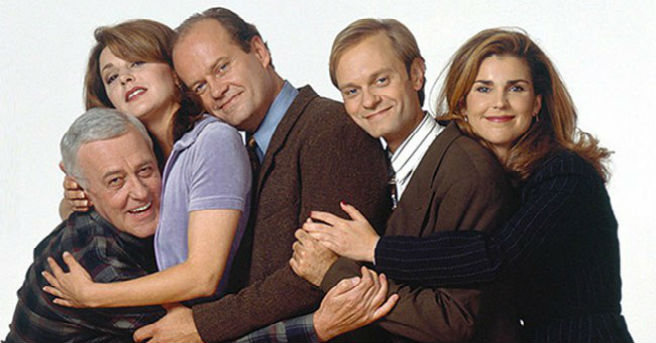
Frasier
Frasier navigates living with his father, Martin (John Mahoney), and rekindling relationships with his brother Niles (David Hyde Pierce). The show’s blend of sophisticated humor, family dynamics, and neurotic characters distinguishes it from its predecessor. Frasier became a critically acclaimed sitcom, winning numerous awards and maintaining the high bar set by Cheers, while creating a unique identity of its own. Getty Images / Nostalgic America, Inc.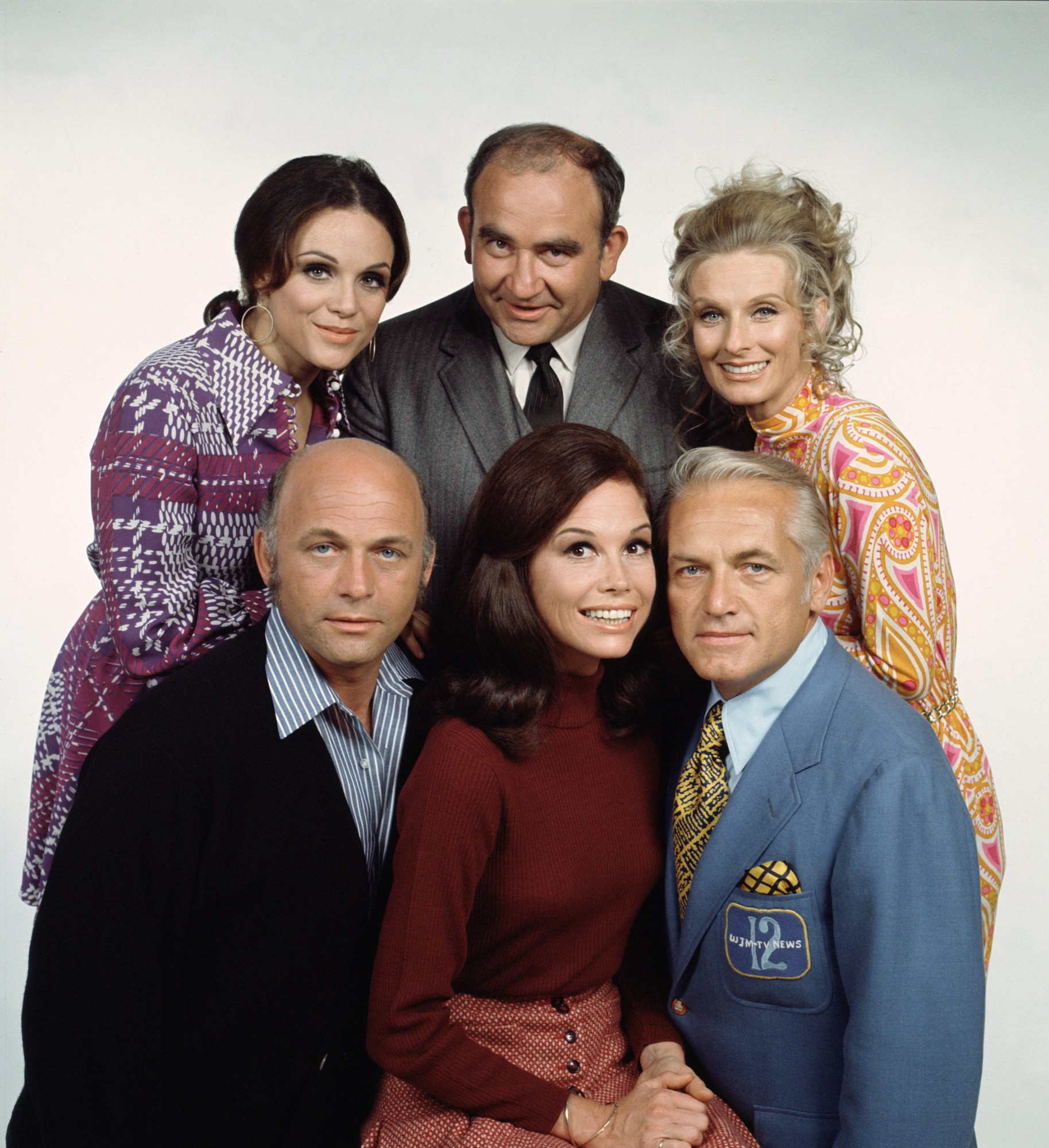
The Mary Tyler Moore Show to Lou Grant
Lou Grant is a spin-off from The Mary Tyler Moore Show, airing from 1977 to 1982. While the original series was a sitcom, Lou Grant takes a more serious approach, focusing on the professional life of Lou Grant (Ed Asner) as the city editor of the Los Angeles Tribune newspaper. Getty Images / Nostalgic America, Inc.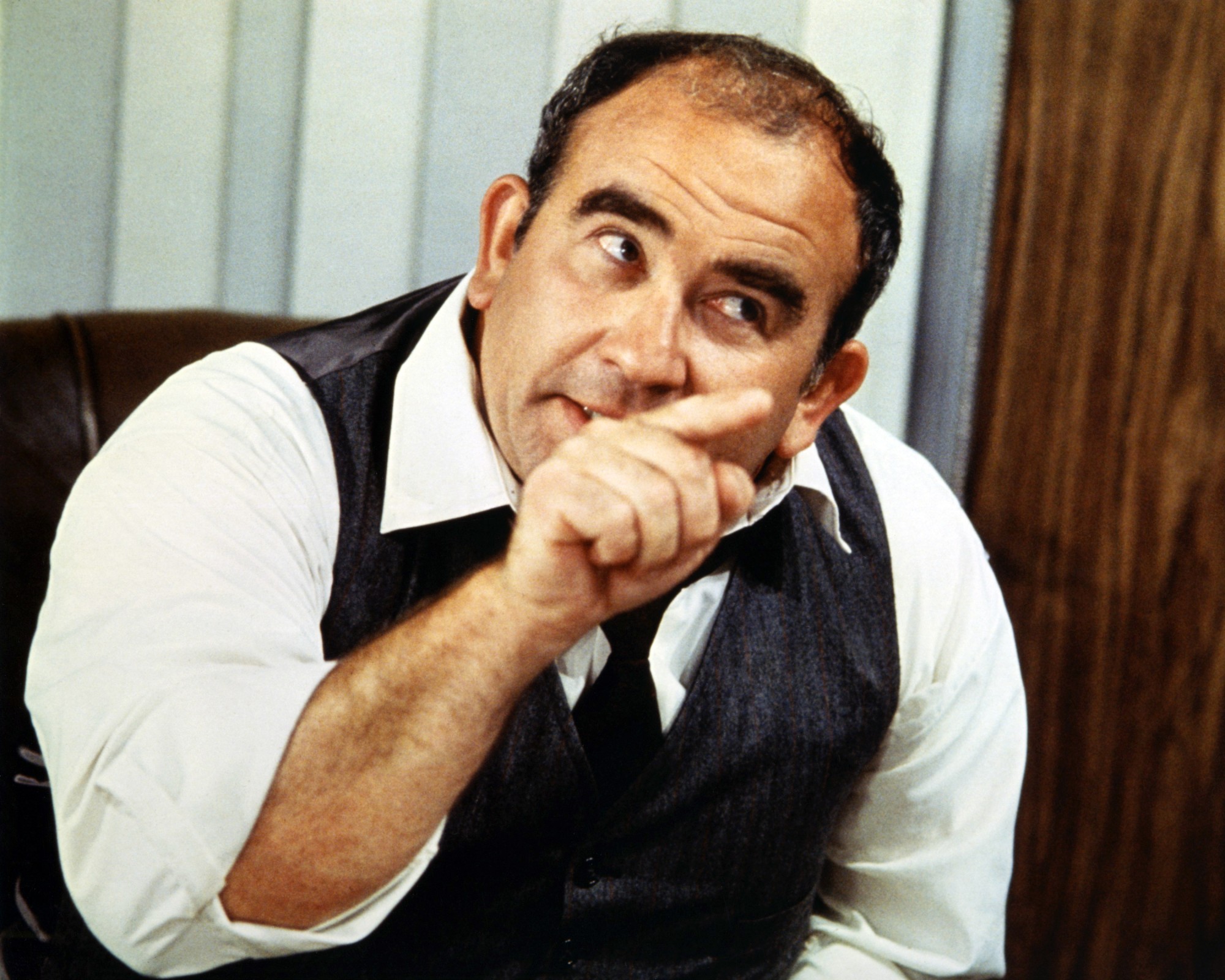
Lou Grant
The show explores journalism and social issues through a dramatic lens, dealing with topics like corruption, poverty, and ethics in media. It maintains the strong character-driven storytelling of its predecessor, but shifts into a drama format, making it a rare example of a successful transition between genres in television. Getty Images / Nostalgic America, Inc.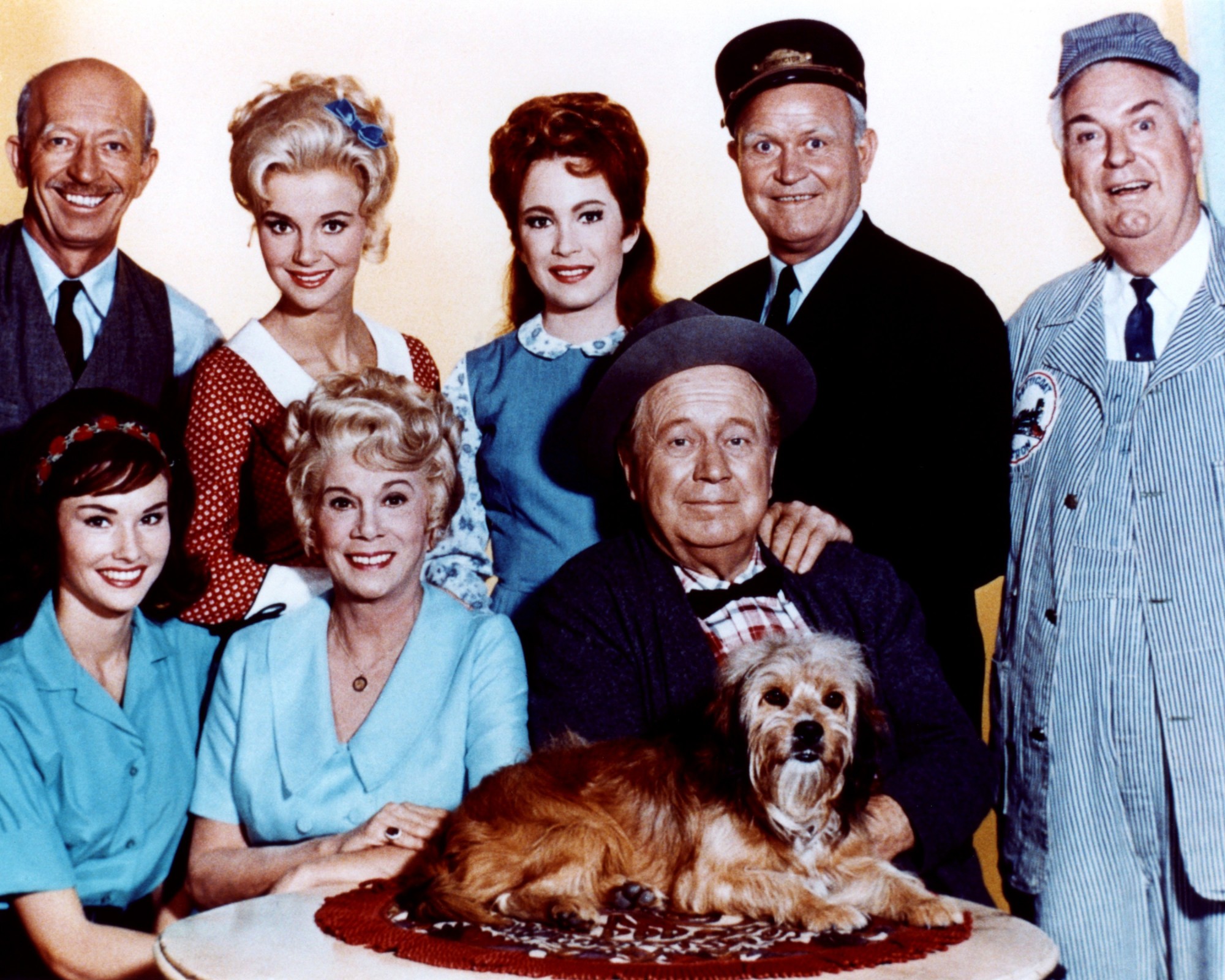
Petticoat Junction to Green Acres
Green Acres is a spin-off of Petticoat Junction, airing from 1965 to 1971. The series follows New York lawyer Oliver Wendell Douglas (Eddie Albert) and his glamorous wife Lisa (Eva Gabor) as they move to a farm in the rural town of Hooterville, seeking a simpler life. Getty Images / Nostalgic America, Inc.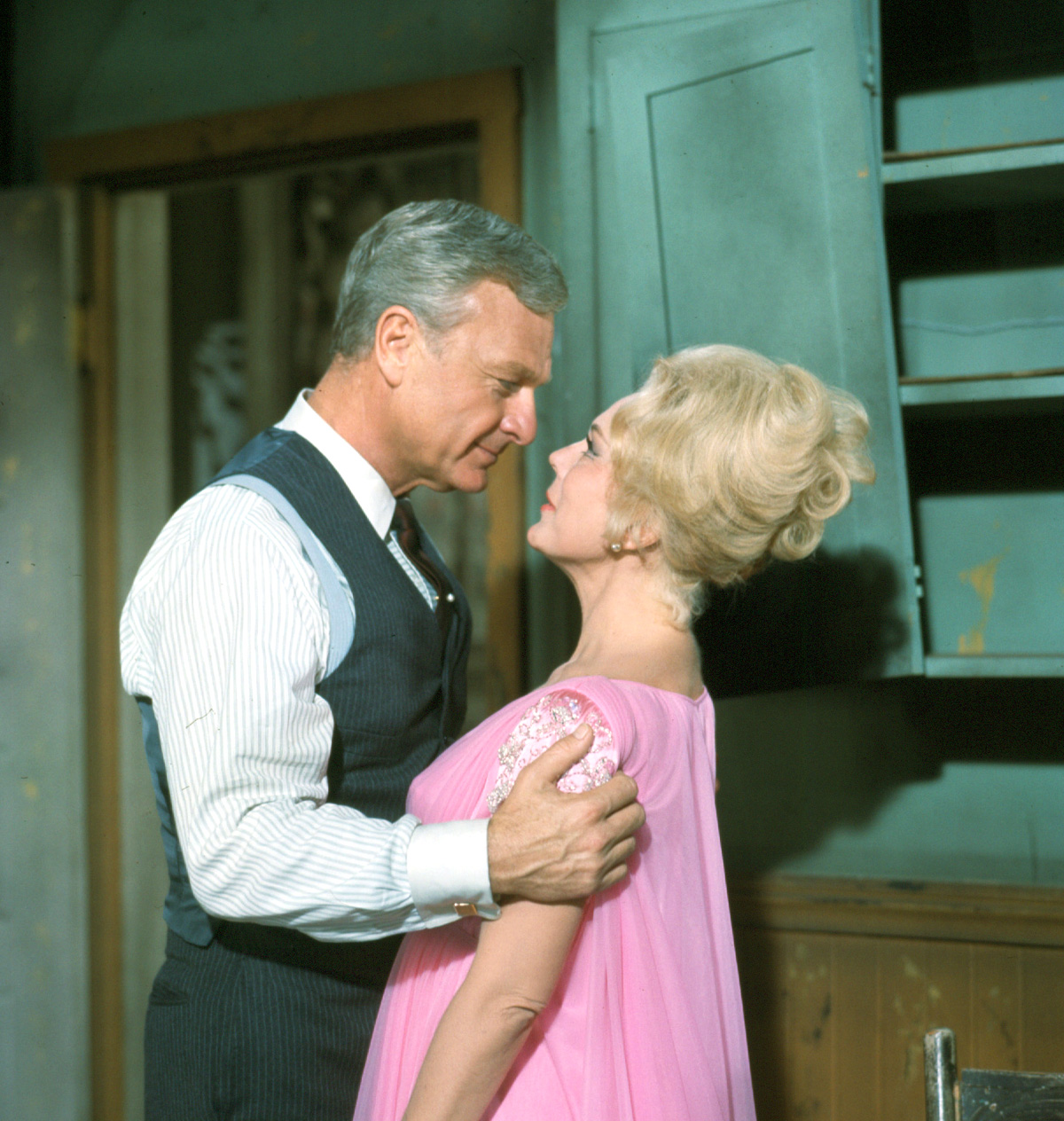
Green Acres
Unlike Petticoat Junction, which focuses on small-town charm, Green Acres embraces absurd humor and surreal situations. Oliver’s practical attempts at farming clash hilariously with Lisa’s sophisticated city sensibilities and the quirky residents of Hooterville. The show’s offbeat humor and memorable characters made it a distinctive and enduring sitcom of the era. Getty Images / Nostalgic America, Inc.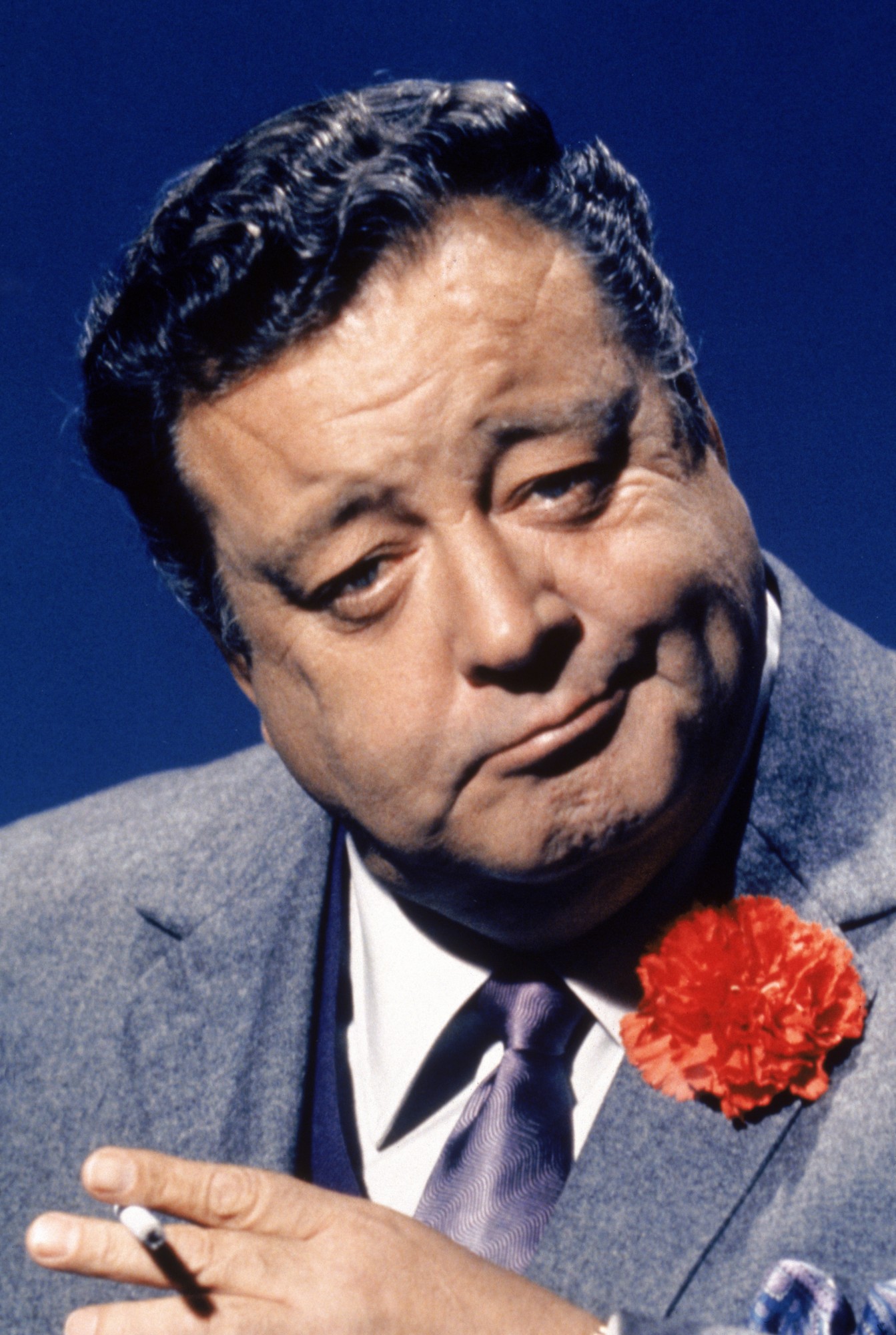
The Jackie Gleason Show to The Honeymooners
The Honeymooners originated as a sketch on The Jackie Gleason Show before becoming a standalone series in 1955. It stars Jackie Gleason as Ralph Kramden, a brash Brooklyn bus driver, and Audrey Meadows as his long-suffering wife, Alice. Getty Images / Nostalgic America, Inc.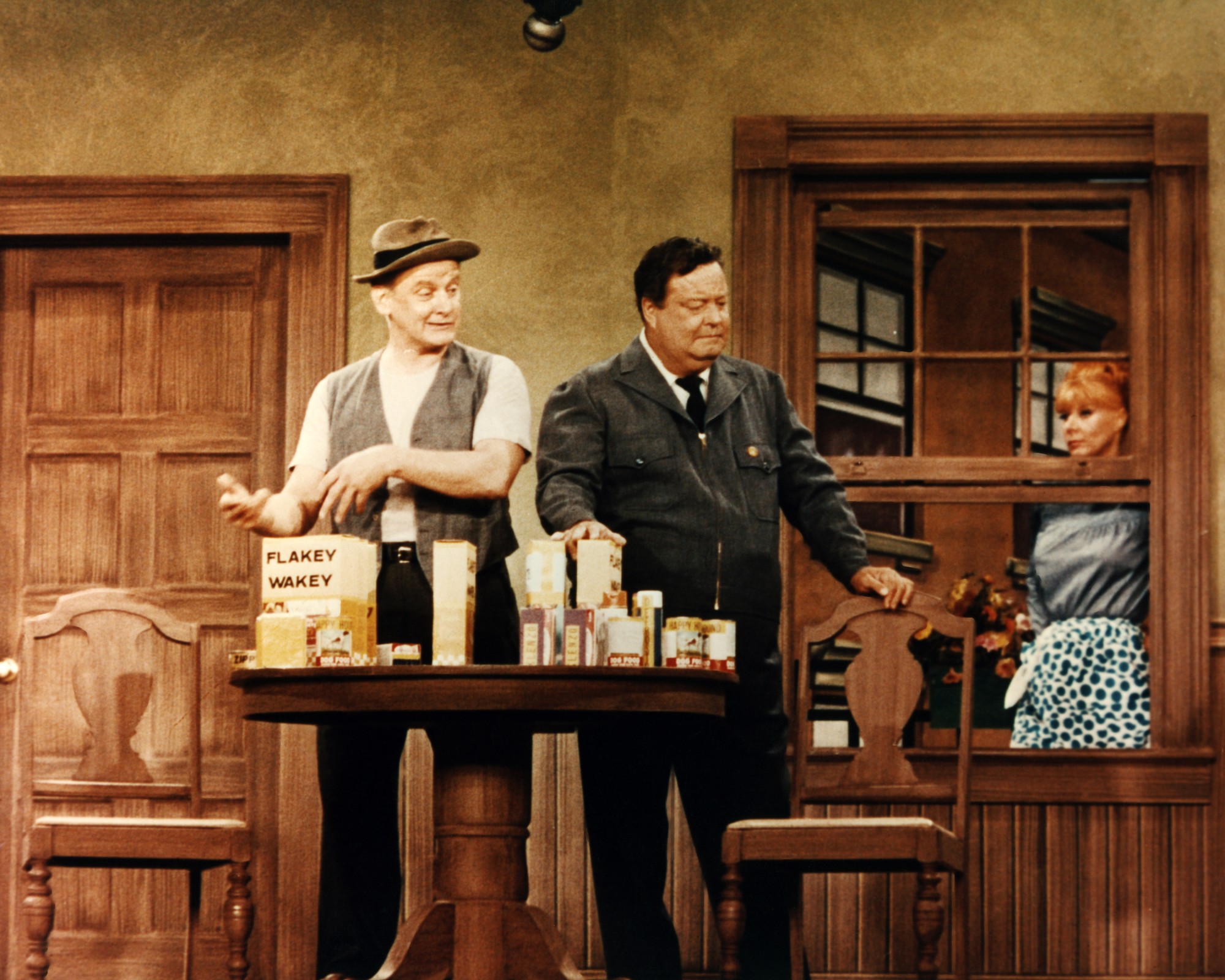
The Honeymooners
The show’s humor centers on Ralph’s get-rich-quick schemes and arguments with Alice, which are balanced by moments of genuine affection. Art Carney’s portrayal of Ralph’s best friend, Ed Norton, adds to the comedic dynamic. The Honeymooners became a classic, known for its portrayal of working-class life and the chemistry between its lead actors, despite running for only one season. Getty Images / Nostalgic America, Inc.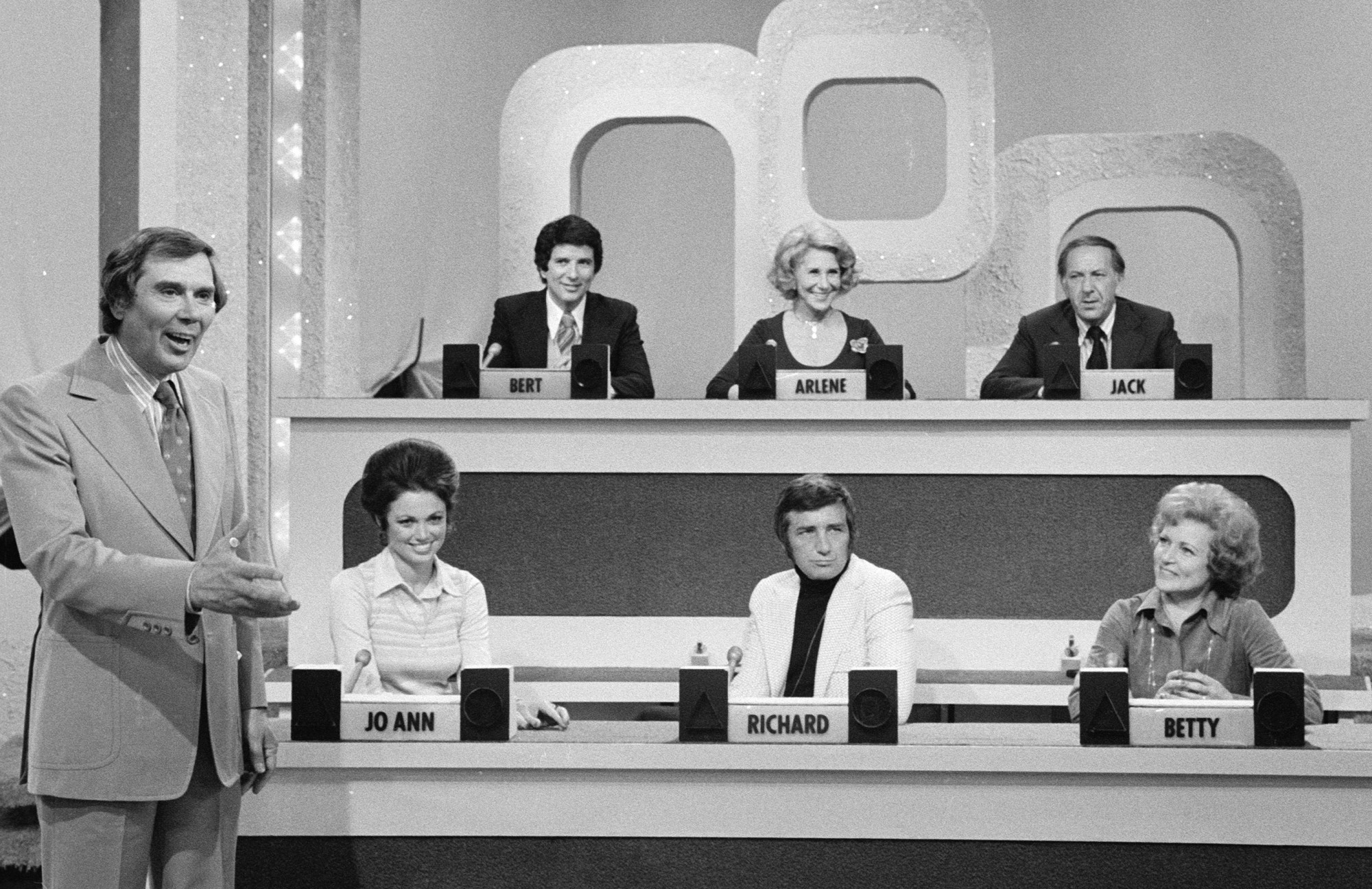
Match Game to Family Feud
Family Feud is a game show spin-off that shares roots with Match Game, as both shows were created by Mark Goodson and hosted by Richard Dawson. Premiering in 1976, Family Feud features two families competing to guess the most popular answers to survey questions. Getty Images / Nostalgic America, Inc.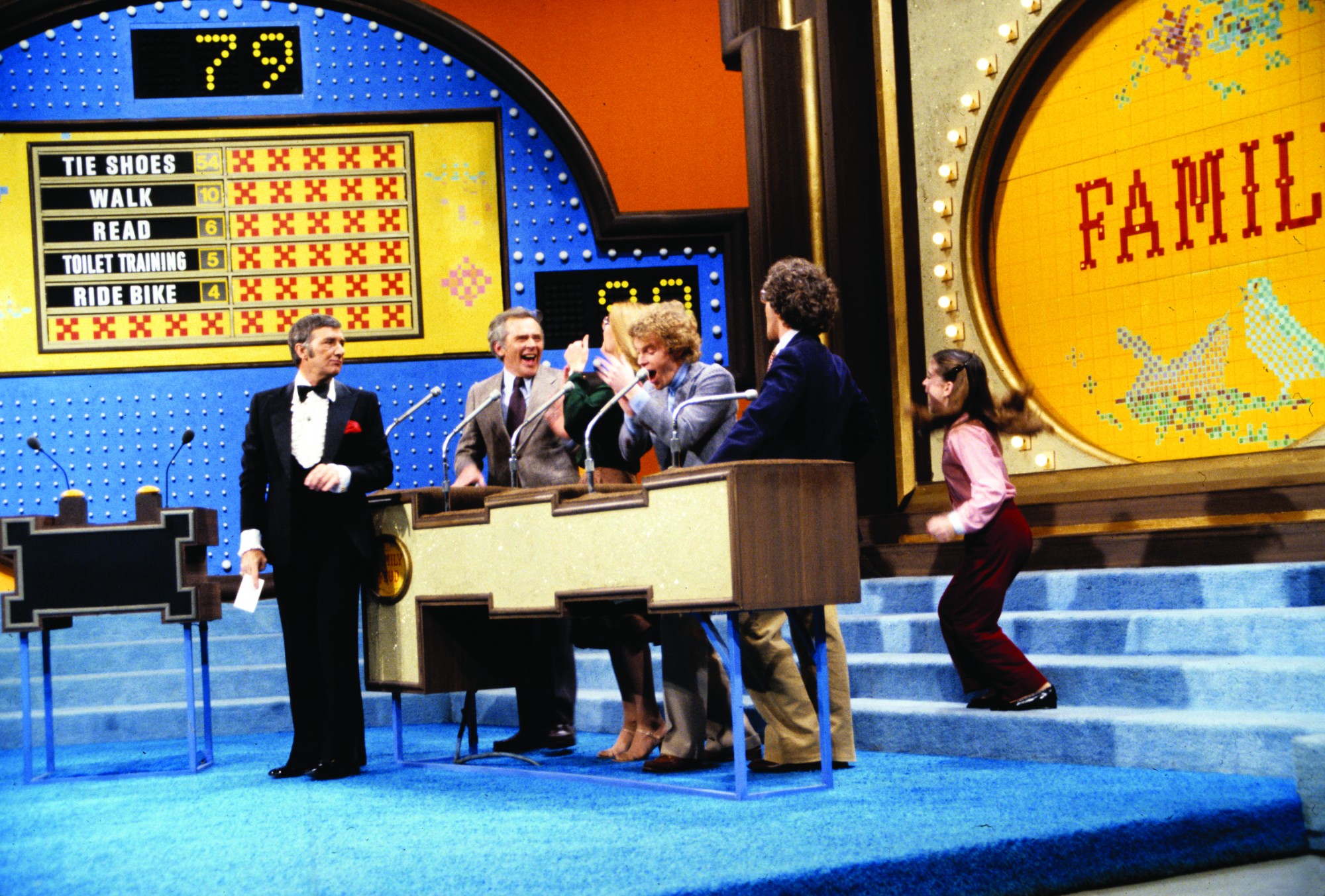
Family Feud
Richard Dawson, who gained popularity as a panelist on Match Game, brought his charm and wit to Family Feud, helping it become an instant success. The game’s structure, requiring contestants to think like the general public, and Dawson’s engaging interactions with contestants made Family Feud a staple of daytime television. Getty Images / Nostalgic America, Inc.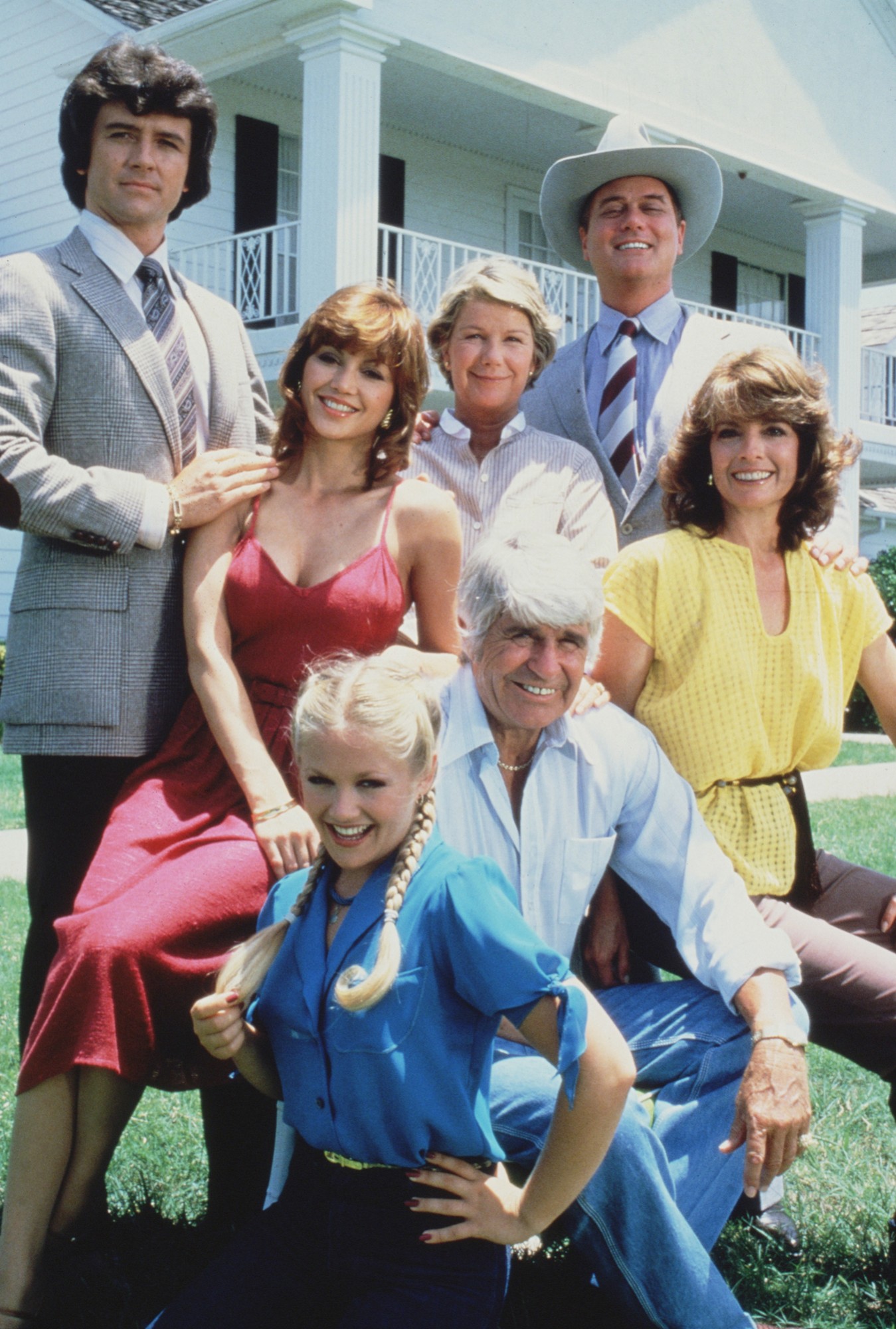
Dallas to Knots Landing
Knots Landing is a spin-off from the hit series Dallas, premiering in 1979 and running for 14 seasons. It focuses on the lives of four married couples living in a coastal suburb in California, including Gary Ewing (Ted Shackelford), the troubled brother of Dallas’s J.R. Ewing. Getty Images / Nostalgic America, Inc.
Knots Landing
Unlike the oil-centric drama of Dallas, Knots Landing deals more with personal relationships, suburban struggles, and social issues. It gradually became a ratings success, known for its intricate storylines and dramatic twists. The series found its own loyal audience, becoming one of the longest-running prime-time dramas in television history. Getty Images / Nostalgic America, Inc.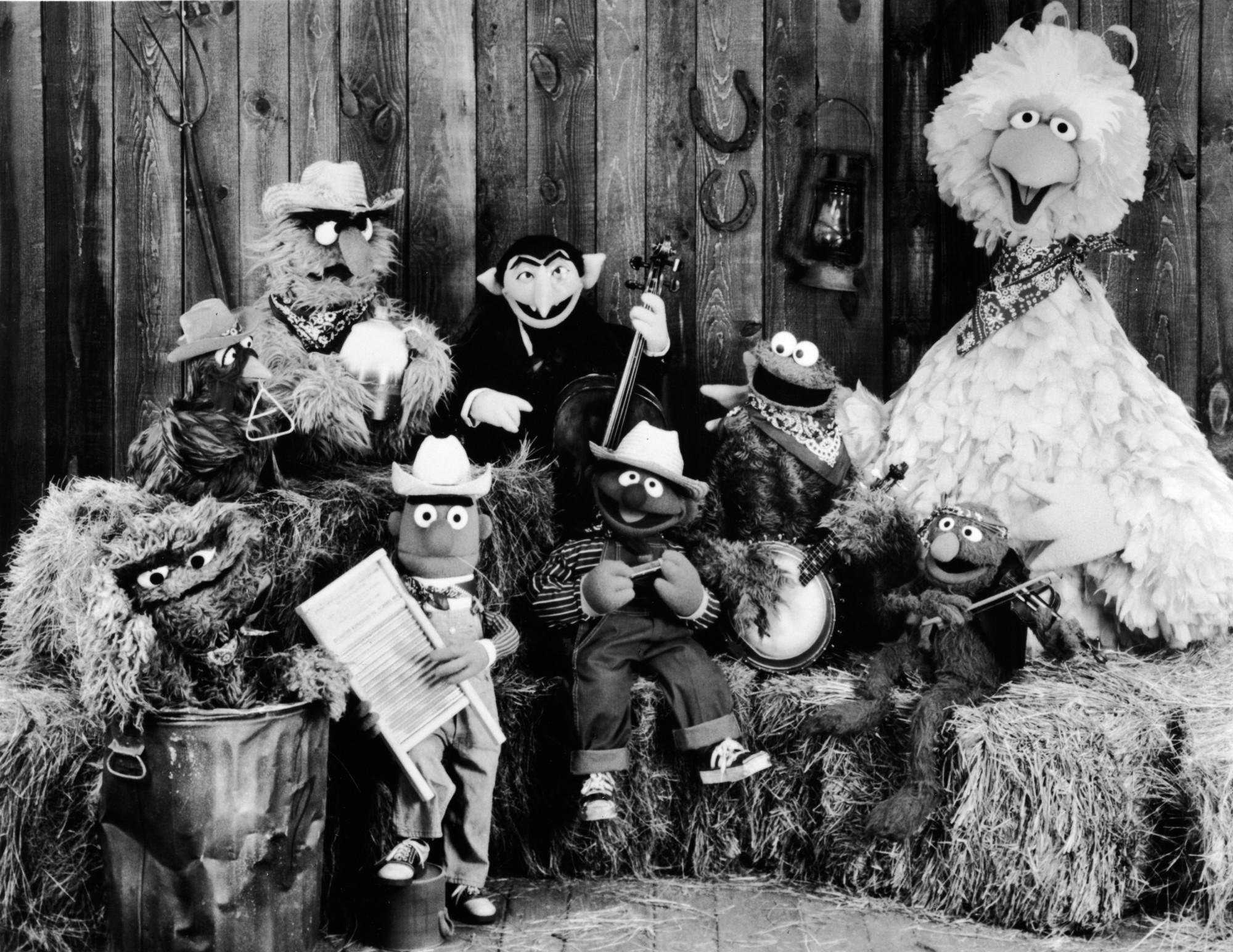
The Muppet Show to The Jim Henson Hour
The Jim Henson Hour is a 1989 TV show that builds on the success of The Muppet Show, offering a mix of traditional Muppet sketches, innovative puppetry, and imaginative storytelling. Getty Images / Nostalgic America, Inc.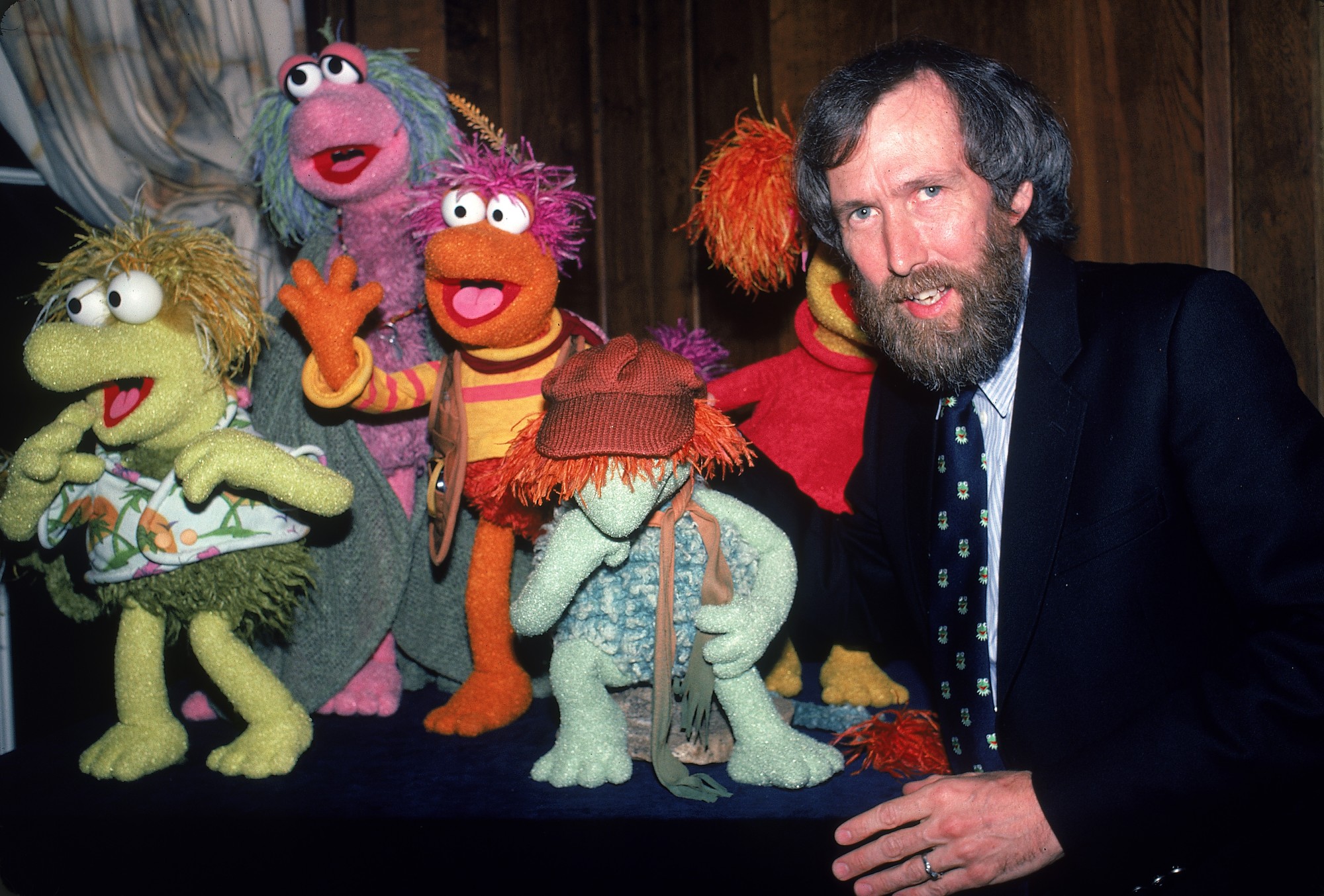
The Jim Henson Hour
Created by Jim Henson, the show featured both classic Muppet characters and new creations, exploring fantasy, science fiction, and more experimental formats. It aimed to push the boundaries of puppetry and television, introducing audiences to Henson’s creative vision beyond the familiar Muppet antics. While it was short-lived, The Jim Henson Hour remains a showcase of Henson’s commitment to innovation and his influence on puppetry and family entertainment. Getty Images / Nostalgic America, Inc.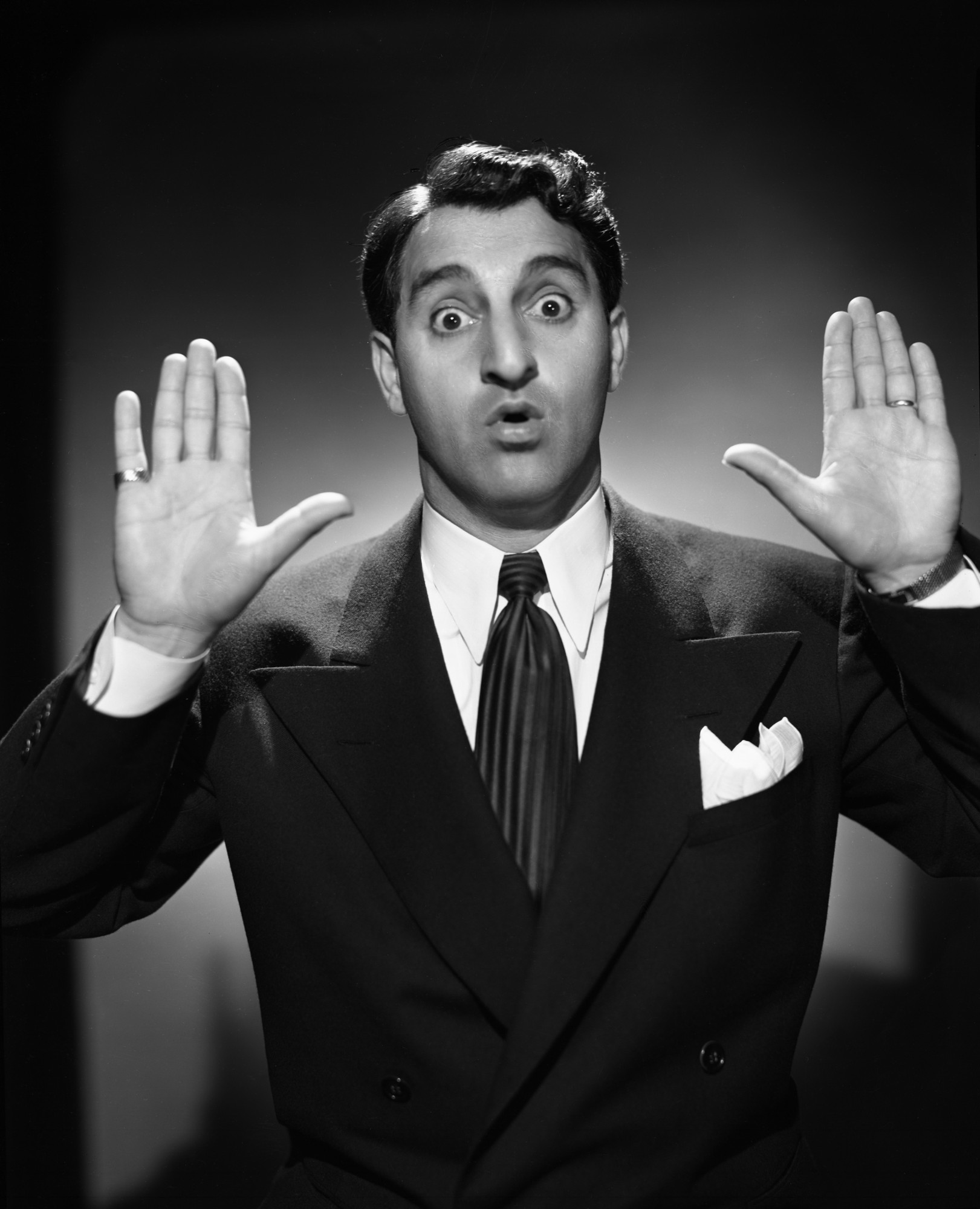
The Danny Thomas Show to The Andy Griffith Show
The Andy Griffith Show originated from an episode of The Danny Thomas Show in 1960, where Danny meets Sheriff Andy Taylor (Andy Griffith) in the small town of Mayberry. The spin-off series follows Andy Taylor as the widowed sheriff of Mayberry, balancing law enforcement with raising his son Opie (Ron Howard). Getty Images / Nostalgic America, Inc.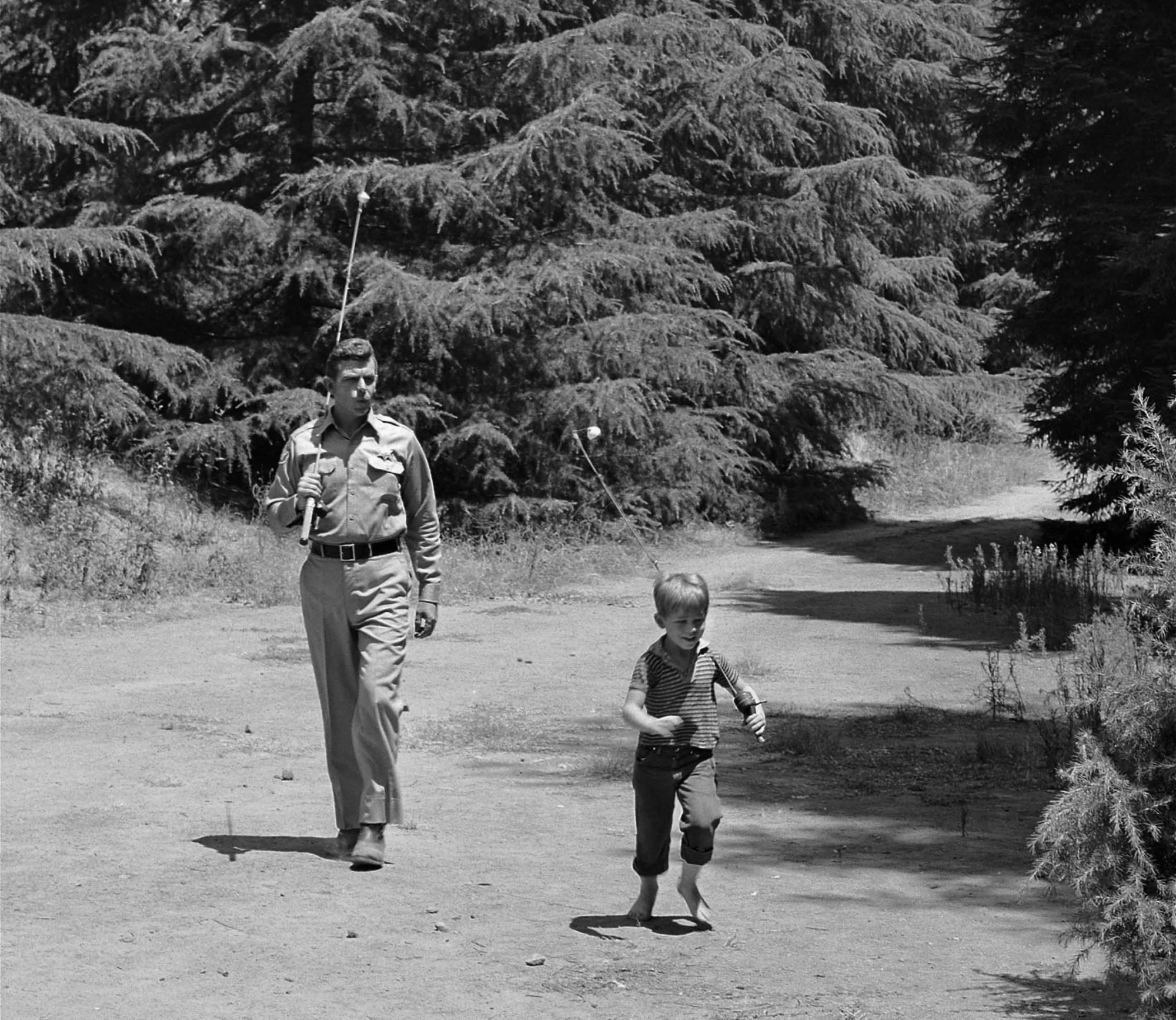
The Andy Griffith Show
With its wholesome humor and memorable characters like Barney Fife (Don Knotts), the show captured the charm of small-town life. The Andy Griffith Show became a beloved classic, known for its warmth and moral lessons, and it laid the groundwork for multiple spin-offs like Gomer Pyle, U.S.M.C.. Getty Images / Nostalgic America, Inc.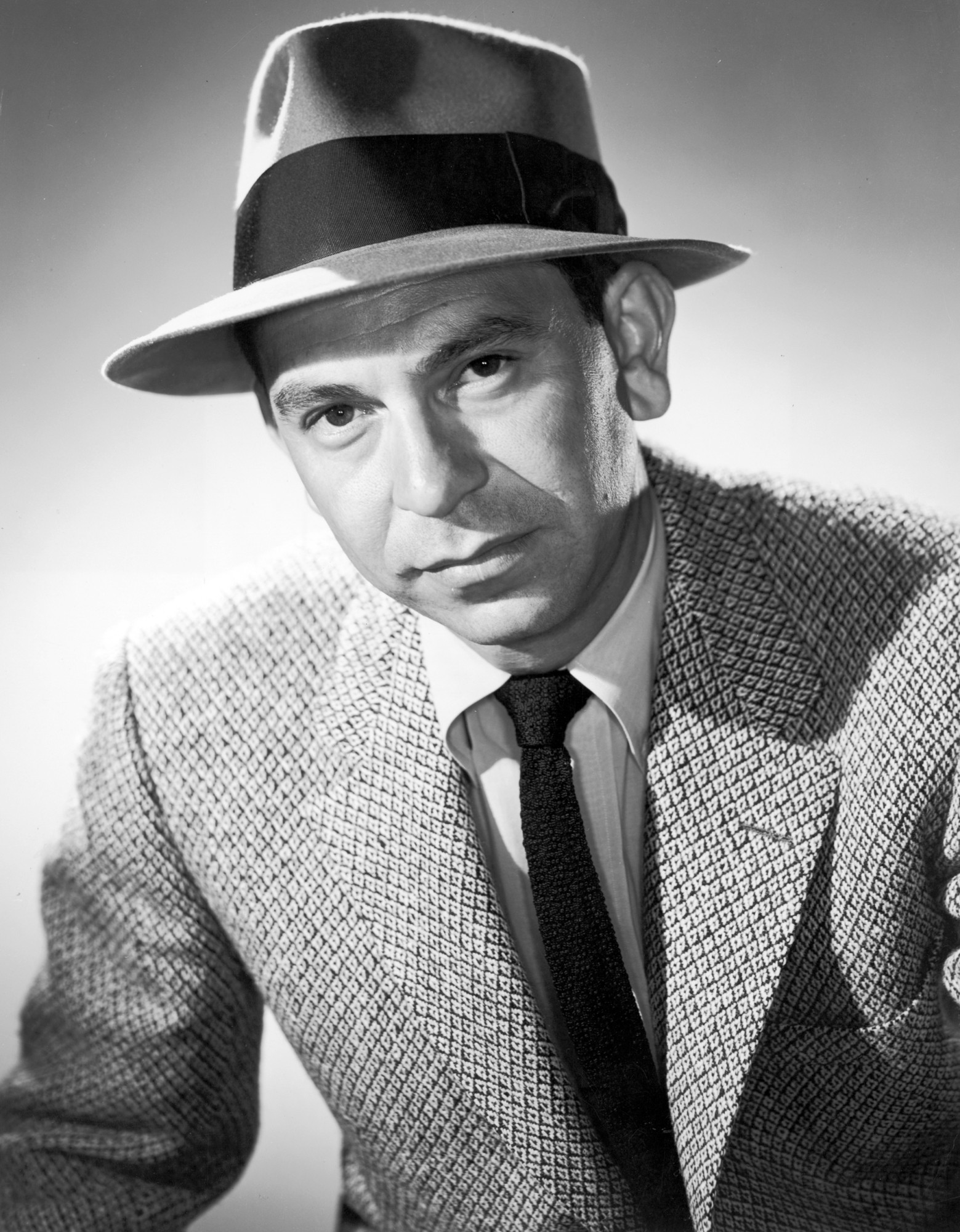
Dragnet to Adam-12
Adam-12 is a spin-off of Dragnet, created by Jack Webb, airing from 1968 to 1975. The series follows LAPD officers Pete Malloy (Martin Milner) and Jim Reed (Kent McCord) as they patrol Los Angeles. Getty Images / Nostalgic America, Inc.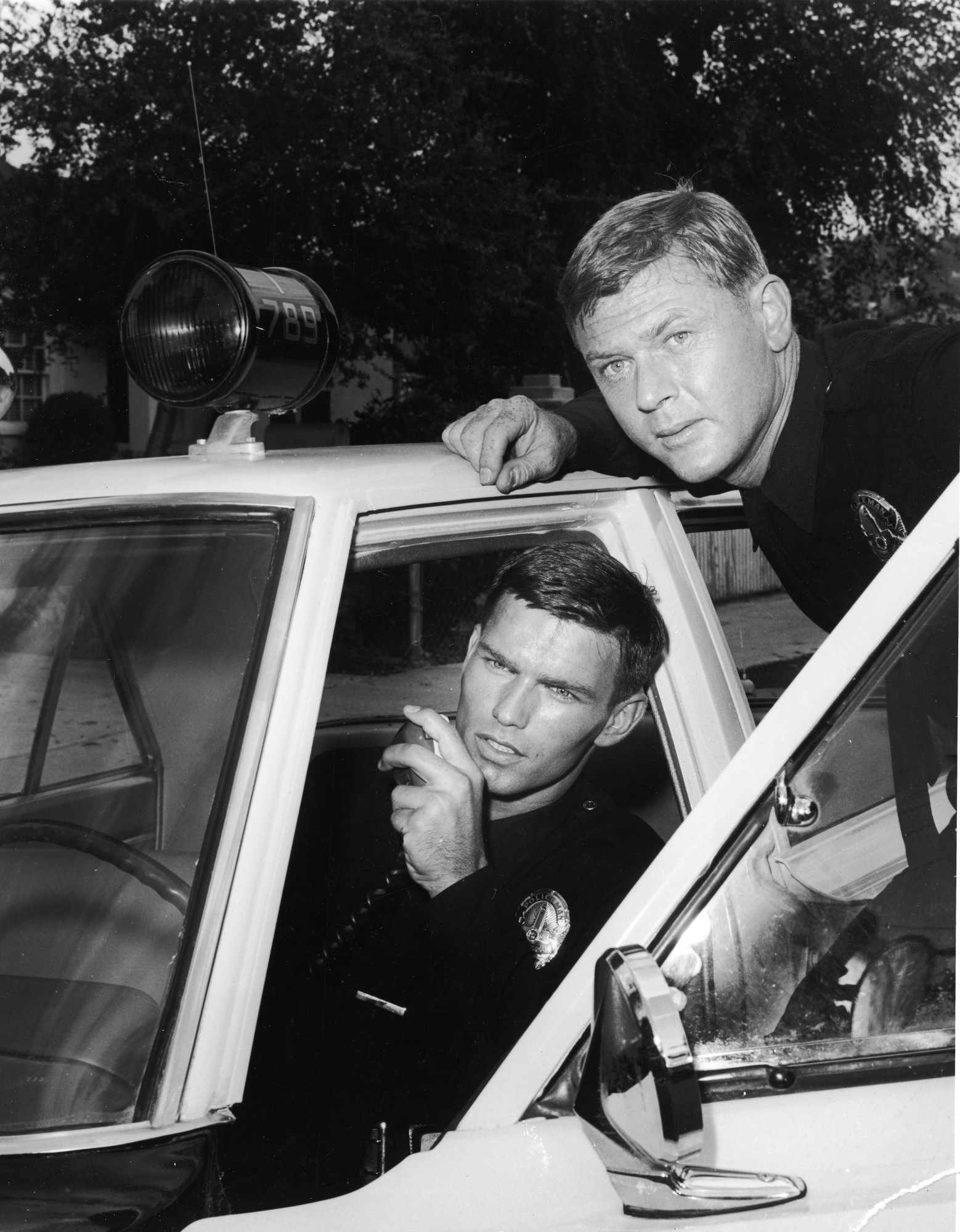
Adam-12
While Dragnet focused on detective work, Adam-12 brought a more realistic depiction of day-to-day police work, showing a variety of calls, from routine traffic stops to serious crimes. The series aimed for authenticity, offering viewers a window into the daily challenges faced by police officers. It continued the Dragnet legacy of promoting a positive view of law enforcement while adapting to a new era. Getty Images / Nostalgic America, Inc.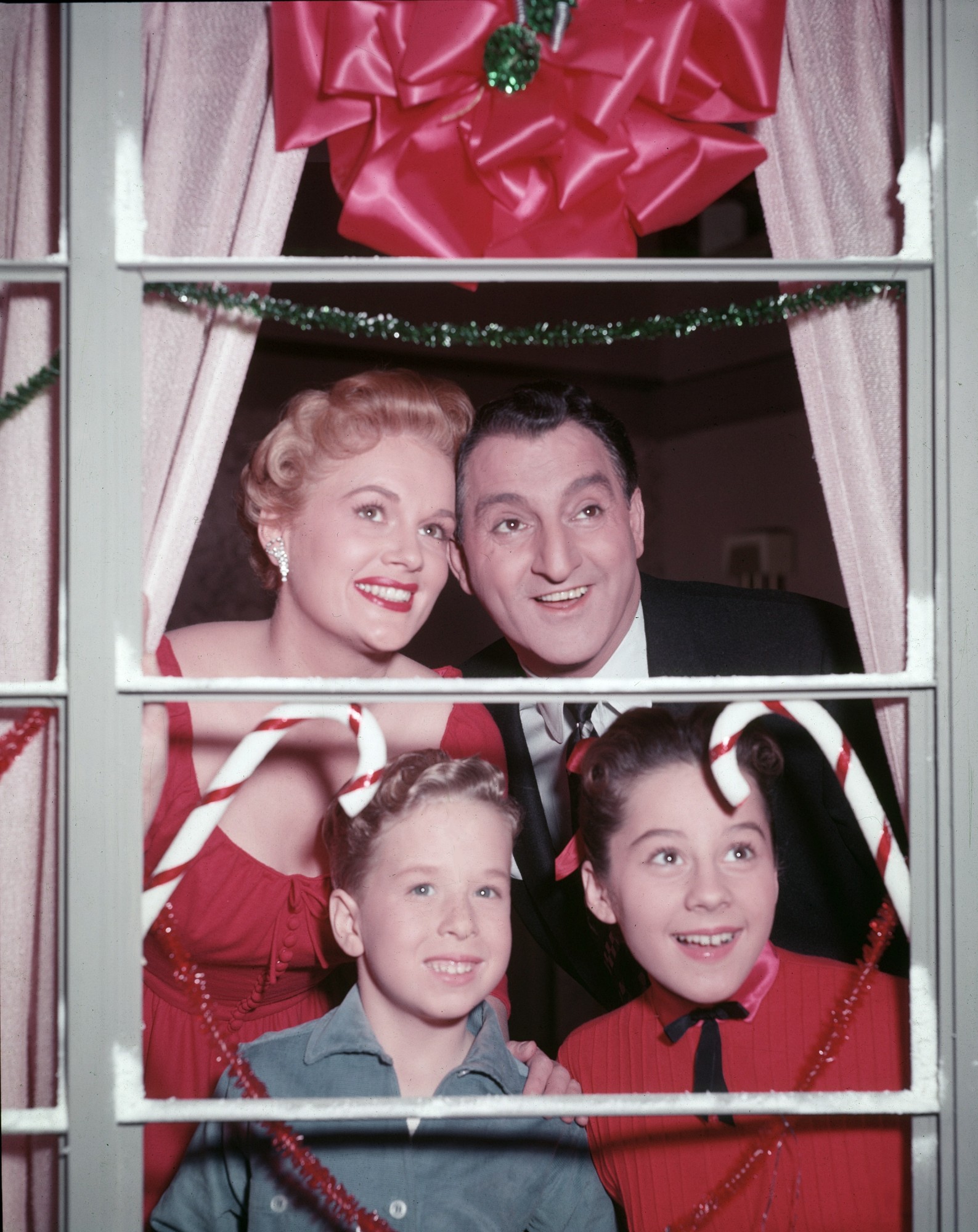
Make Room for Daddy to The Danny Thomas Show
The Danny Thomas Show, originally known as Make Room for Daddy, aired from 1953 to 1964. It starred Danny Thomas as Danny Williams, a nightclub entertainer balancing his career with family life. Getty Images / Nostalgic America, Inc.